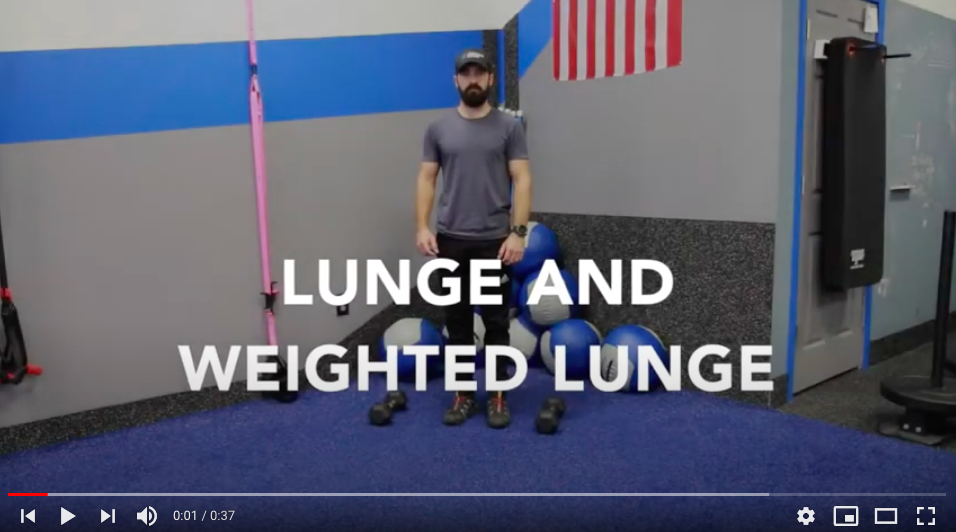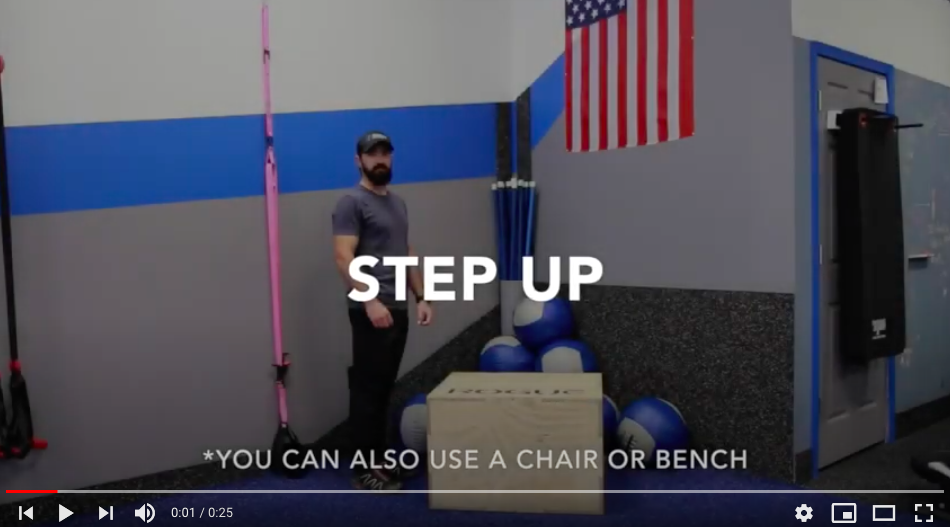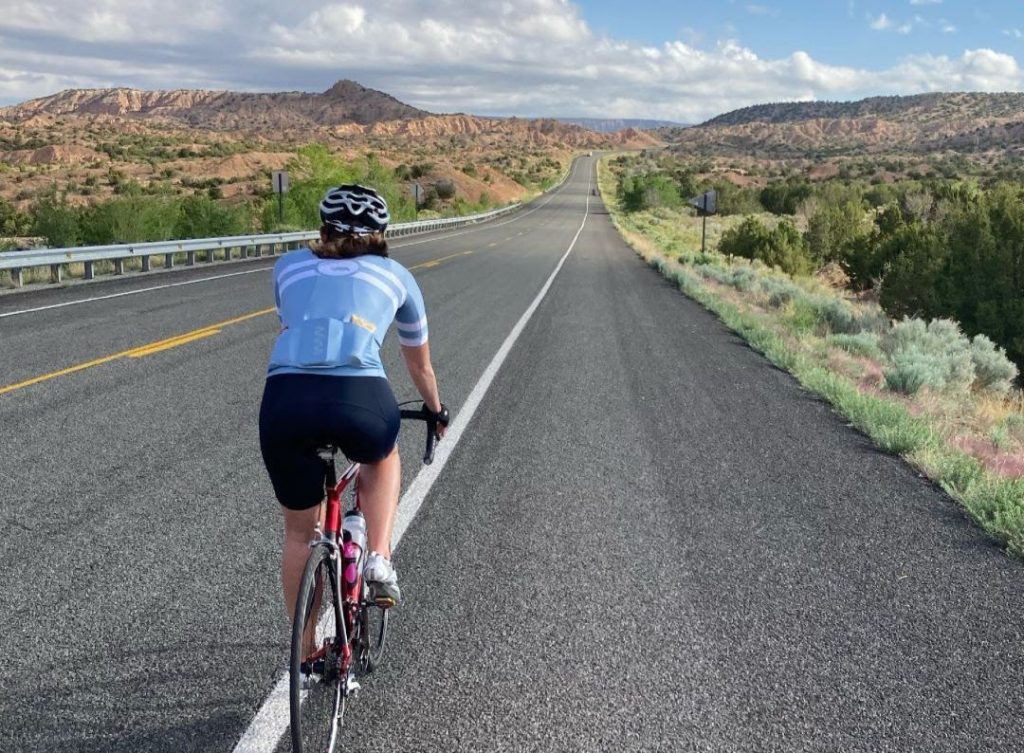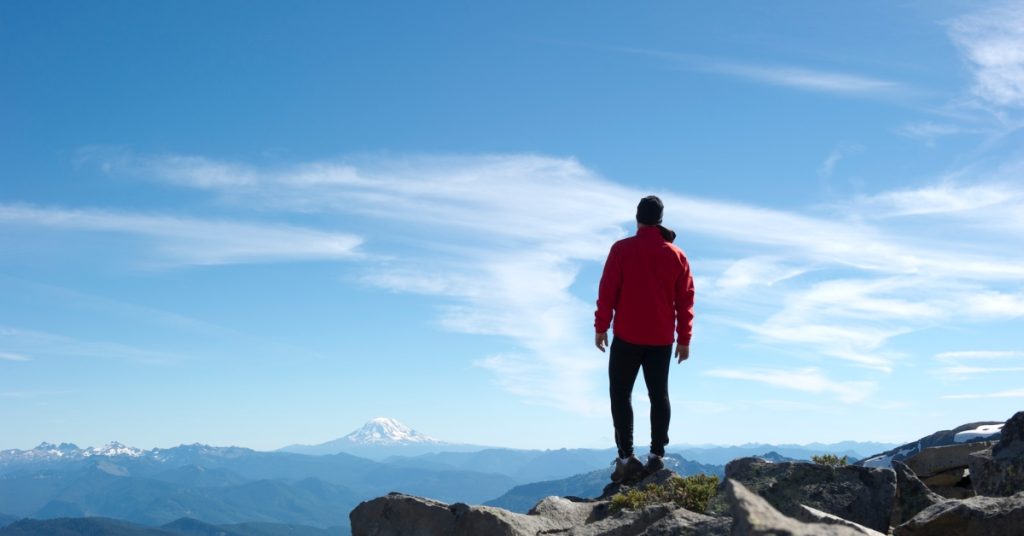Words by Alana Gillmore & Taylor Thomas
Originally featured on TrainingPeaks
Coach Alana is a dedicated coach and athlete who’s certified as a USA Triathlon Coach, a National Academy of Sports Medicine Certified Personal Trainer and Performance Enhancement Specialist, a Professional Ski Instructor of America Nordic Track and Telemark Skiing. For more information on Alana’s coaching services, or to schedule a coaching consultation with her click HERE.
Not so long ago winter alpine sports like ski mountaineering (SkiMo), backcountry skiing, ice climbing, and mountaineering were often reserved for an elite group of highly skilled alpine guides and athletes. However, more and more information, programs, training, and locations are available making these once out of reach sports more accessible to the everyday athlete. Backcountry ski touring has boomed in popularity as ski resorts host clinics and open up more terrain. What was once seen as an elite sport, or activities that fell into the “cross-training” category for more traditional endurance sports, are now quickly becoming primary interests for athletes the world over. The information below is meant to serve as a guide to help you treat winter alpine sports with the attention, focus, and respect they deserve so that you can experience the joy and excitement that being in the mountains has to offer.
The Aerobic Component
Being fit specifically for the mountains is not only important to be able to enjoy yourself, but it’s also critical for safety. If you get too tired, and your body isn’t up to the task, it can be dangerous and leave you in a situation that you’re not prepared to be in. Training your aerobic capacity is the first step in your preparedness for high mountain travel. This component of your preparation can be approached in two distinct areas, endurance and intensity.
Endurance for the Mountains
Your cardiovascular system must be primed in order to execute during alpine sports. More often than not these activities require long bouts of uphill travel, often at high elevations. This puts a great deal of stress on the body’s cardiovascular system, thus the need for training. Preparation begins in the summer, with a build-up that looks very similar to more traditional disciplines. Foundational endurance is the first place to start. Both aerobic and muscular endurance (fatigue resistance) is the foundation of a productive winter season. Often mountain athletes have a preferred summer activity such as cycling or trail running that they use to build this foundation. Whatever your preferred discipline is, make sure to start slow and build methodically. Spend the first 8-12 weeks below your lactate threshold so that you can develop the foundational aerobic strength necessary for later in the season. This can come in the form of long steady climbs on your road or gravel bike, or sustained hikes/easy runs uphill. Ensure these types of sessions are progressive in their duration and cumulative volume. These sub-threshold efforts not only increase aerobic endurance but also help to build muscular endurance for long days in the mountains. After you’ve spent multiple weeks focusing on working below your Threshold, you can then begin layering in some intensity.
Intensity for the Mountains
Like most things in life, a solid foundation is important. Once that’s built the rest of the preparation can be put in place. Due to the high-output nature of many mountain sports, it’s a good idea to layer in some intensity in the late summer and early fall as you finalize your preparations for winter training. Intensity training doesn’t have to be overly complicated. Classic VO2 Max workouts like 5-minute hill repeats or Fartlek runs can be enough to force adaptation and provide adequate training stimulus. In conjunction with your endurance work, layer in 1-2 sessions above your Threshold each week in the 6-8 weeks leading up to the start of your winter season. Keep in mind that the overall training volume at this intensity is still very low compared to your total training duration. A proper warm-up and cool-down are still important and aim for quality over quantity when it comes to interval frequency.
Strength Training
When we talk about strength for mountain sports, we train almost identically to all other endurance sports, but there is one significant difference: load. In mountain travel we carry loads on our backs, or attached to our lower and upper body. Because of that, we need our strength program to include this specificity aspect. Our packs are filled with safety equipment, climbing tools, gear, extra clothes for weather conditions, food, and water. Therefore, our strength program must address core stabilizers and include exercises such as weighted carries and loaded multi-joint, functional movements like squats, deadlifts, step-ups, and lunges.
We wear snowshoes, skis, heavy boots, and crampons. Incorporate specific hip flexor and core exercises into the strength training program such as body saws, knee drives, mountain climbers, step-ups, and hanging knee raises.
Finally, if we are climbing, we must bring our bodies up the rock, snow, or ice. We need upper body strength to reach and pull ourselves up and over steep, technical terrain. We may be placing gear, managing rope or swinging ice tools and hanging from them for periods of time. Overhead carries, presses, hangs, and pull-downs are a few of the upper body movements we want to train under load.
Mobility
Range of motion under loads is another fundamental component of strength. Without optimal mobility, we are limited in how far we can reach and step, especially with additional load from gear and increased resistance due gravity forces and terrain surface. Imagine the flexibility and strength combination required to make a kick turn on steep icy terrain, high step, stem or grab a far-reaching hold all while wearing a pack, ski boots and holding ice tools on rock, ice and/or snow. Combine strength with optimal movement. If you progress to lifting a heavier load, do you compensate by decreasing your range of motion? Pair in mobility without load regularly to maintain flexibility in the spine, hip, chest, and shoulders and continue to weave in load for specificity.
The speed at which you move up, across, or down the mountain counts. Ski mountaineering, Nordic skiing, mountain trail run races, and peak ascents require moving as fast as possible across the terrain. Adding velocity based training to your strength program such as sled pulls contribute the necessary speed component to your overall strength training program.
Education
One of the distinctions between high mountain activities and other disciplines of endurance sports is the imperative need for education both at the onset of your exposure to the sport and on an ongoing basis. Avalanche courses are generally agreed to be the appropriate starting place. Depending on where you live, and the access available to you, there are different organizations offering educational opportunities. In North America, the American Avalanche Association and The National Avalanche Center do a great job of promoting awareness and education. Research what’s offered in your area and start with the intro class before you head out for backcountry travel.
After you’ve completed the requisite courses and have the foundational knowledge under your belt, you now need to apply that knowledge to the specific area you’re planning to spend time in. Always research before you head into a new zone using guide books, terrain maps, and local knowledge. Even if it’s an area you’re familiar with, check the real-time conditions as far as wind, temperature, avalanche danger, wind loaded slopes, etc. Conditions change constantly in the mountains so don’t rely on outdated information.
Lastly, if you’re new to mountain sports, you might consider a guided trip, or enlisting the guidance of a highly qualified and experienced friend. The penalties for first-timer mistakes can be high, so the more exposure and experience you can get under a watchful eye the better. If possible, try to plan the trip in similar terrain, using similar equipment, and with a focus on developing the critical skills to keep you safe and having fun. This can be a good way to spend your first season while you gain the skills and confidence you need to branch out on your own, or with a less experienced group of friends.
Our fitness only takes us so far in the mountains, but it’s our knowledge, experience, and skills that help keep us safe and successful. There is risk to traveling in the mountains so the more practice, education, and skills you develop the more awareness you have of those risks and how to mitigate them. Education is ongoing and effectively applied to real-world situations if you regularly practice the skills and techniques you’ve learned.
“During winter backcountry travel, sound decision making is paramount to safety.”
Route finding and terrain navigation are skills that develop over time and with practice. Regularly perform beacon searches and practice using probes and shovels, digging snow pits, testing layers, and analyzing snow conditions. Learn how to navigate the path of least resistance without placing yourself in dangerous terrain traps and harms way.
First practice these skills in safe environments that have no consequences before you enter those that do. Your living room or backyard is a great place to play and practice beacon searches, knots and anchor building. Gain confidence in low gravity environments first so that you are prepared for additional challenges such as weather, altitude, and terrain in high gravity settings.
Exposure to altitude, cold and inclement weather is specific training that prepares you for mountain travel. Consider summer time travel to high altitude both hiking and climbing to best simulate your winter goals. Spend time in poor weather without technical components and find the right gear, clothing, and practices to stay warm and mentally alert. Once you have developed your skills under inconsequential environments, progress to those with consequence: steeper terrain, snow, and ice.
Cold temperatures, high altitude and social pressure all affect our decision making process so it’s imperative you are already equipped with the essentials before adding high stake variables. These skills and ultimately the decisions you make as you continually assess your environment help keep you safe.
Technique is also foundational. By learning proper technique and practicing regularly you develop efficient movement. Daylight hours, weather windows, and optimal conditions are limited commodities. Practice skinning, booting, kick turns, ascending and descending in rock, snow and ice, rope management, using crampons, ice tools and skiing technique.
Exerting yourself in the mountains can be one of the most rewarding and fulfilling experiences an individual can have. There’s a sense of accomplishment that comes from traveling through terrain that dwarfs you. Fitness, strength, and awareness are the cornerstones of the high alpine athlete. Focus on building your aerobic capacity slowly while adding strength and intensity in the right doses and specificity. Keep educating yourself and make awareness a constant touchpoint as you seek new experiences in the mountains.






